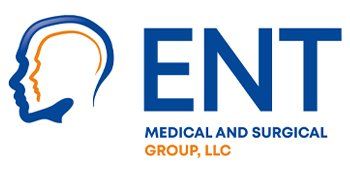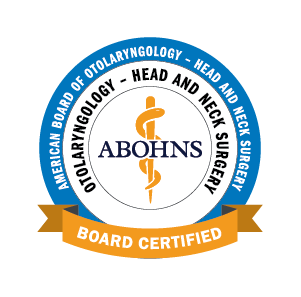Sinus Infections and Sinusitis
The most common causes of sinus inflammation (sinusitis) are irritants, allergens, and the common cold. Any one of these can attack our sinus membranes, causing them to swell and trap mucus in the sinus cavity. The resulting headache, pressure, and aching are telltale signs of a sinus infection.
Is It a Sinus Infection?
How do you know it’s a sinus infection and not just a runny nose? Sinusitis sufferers generally experience several of the following symptoms at once:
- Pain or tenderness in face
- Aching in upper teeth
- Difficulty breathing through nose
- Green or yellow nasal discharge
- Persistent cough
While most cases of sinusitis will resolve with rest and at-home treatment, you should make an appointment with one of our ear, nose, and throat doctors if you’ve been sick for three or more days, have a fever with your symptoms, or have a history of frequent sinus infections.
Sinusitis Treatment and Sinus Surgery
Antibiotic Sinusitis Treatments
If several days have passed and you’re still not improving, you may have a bacterial sinus infection. Call us to make an appointment with one of our ear, nose, and throat doctors. They’ll run you through a thorough exam and, if necessary, prescribe an antibiotic to treat your sinus infection.
Sinus Surgery
For patients who suffer from frequent sinus infections, sinus surgery widens the sinus openings and allows the removal of mucus or diseased tissue. The procedure can be performed endoscopically, that is, using a thin fiberoptic tube (an endoscope) inserted through the nostrils and real-time video imaging to guide the surgeon inside the nose and sinuses. This minimally invasive technique lets patients enjoy a shorter recovery time and less postoperative pain.
Functional Endoscopic Sinus Surgery
This sinus surgery standard threads an endoscope (tiny camera) into the sinuses to observe and remove impediments to airflow. Nasal polyps and other blockages are often removed using this procedure.
Adenoidectomy
This procedure surgically removes the adenoid—a tonsil-like tissue situated in the back of your nasal passage—to improve chronic sinusitis, earaches, and impaired breathing. Patients can expect to undergo general anesthesia before this sinusitis surgery, but recovery is quick.



